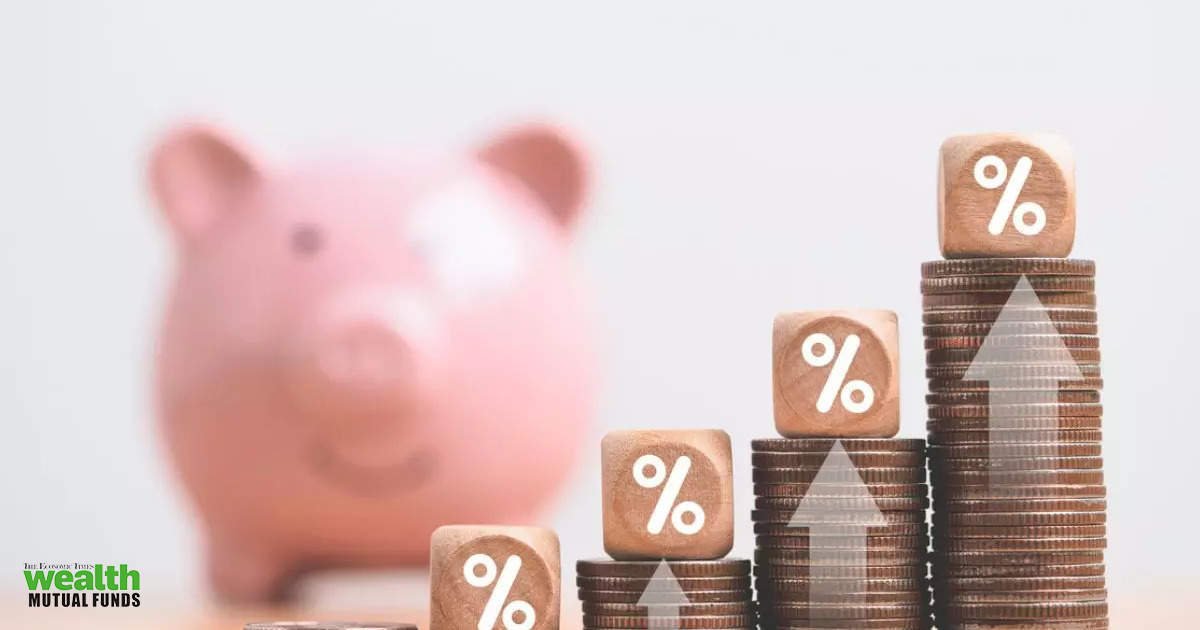Balanced advantage funds invest in a mix of stocks, debt, and arbitrage opportunities. These funds decide their equity exposure depending on key market ratios or in-house parameters. They invest less in stocks when the market is very high or valuations are stretched. They invest more in equity when stocks are available at attractive valuations. In short, BAFs do the job of juggling equity exposure for investors.
Sure, these funds limit equity exposure based on valuations, but that doesn’t make them totally safe. Don’t be under the illusion that balanced advantage funds are a safe investment. In fact, many mutual fund distributors make such claims. However, don’t be influenced by such talk. Any mutual fund scheme that invests in stocks can’t be considered as safe. It also cannot avoid volatility and losses totally. So, invest in balanced advantage funds only if you can tolerate the risk of investing in stocks. Also, invest only if you have an investment horizon of at least five years.
Is there anything else you should keep in mind while investing in these schemes? Yes, you should make sure the scheme is practising what it claims to be. Make sure the scheme is rebalancing the portfolio in a timely manner. For example, there are schemes that invest heavily in stocks even when the market is at a higher level or at expensive valuations. You have to make sure that you don’t get into such schemes.
If you are planning to invest in balanced advantage schemes, here are our recommended schemes you can consider investing. There are no changes in the list this month. Follow our monthly updates to know how your schemes performed in the previous month.
Best balanced advantage funds to invest in July 2024:
ETMutualFunds.com has employed the following parameters for shortlisting the hybrid mutual fund schemes.
1. Mean rolling returns: Rolled daily for the last three years.
2. Consistency in the last three years: Hurst Exponent, H is used for computing the consistency of a fund. The H exponent is a measure of randomness of NAV series of a fund. Funds with high H tend to exhibit low volatility compared to funds with low H.
i) When H = 0.5, the series of return is said to be a geometric Brownian time series. These type of time series is difficult to forecast.
ii) When H is less than 0.5, the series is said to be mean reverting.
iii) When H is greater than 0.5, the series is said to be persistent. The larger the value of H, the stronger is the trend of the series
3. Downside risk: We have considered only the negative returns given by the mutual fund scheme for this measure.
X = Returns below zero
Y = Sum of all squares of X
Z = Y/number of days taken for computing the ratio
Downside risk = Square root of Z
4. Outperformance
i) Equity portion: It is measured by Jensen’s Alpha for the last three years. Jensen’s Alpha shows the risk-adjusted return generated by a mutual fund scheme relative to the expected market return predicted by the Capital Asset Pricing Model (CAPM). Higher Alpha indicates that the portfolio performance has outstripped the returns predicted by the market.
Average returns generated by the MF Scheme =
[Risk Free Rate + Beta of the MF Scheme * {(Average return of the index – Risk Free Rate}
ii) Debt portion: Fund Return – Benchmark return. Rolling returns rolled daily is used for computing the return of the fund and the benchmark and subsequently the Active return of the fund.
5. Asset size: For Hybrid funds, the threshold asset size is Rs 50 crore
(Disclaimer: past performance is no guarantee for future performance.)





